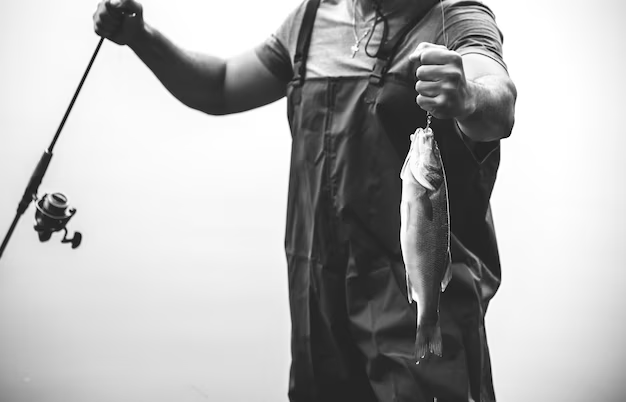Getting Started
Fishing for Beginners: The Best Methods to Get Started
Fishing for Beginners: The Best Methods to Get Started
Fishing is a timeless outdoor activity that offers relaxation, excitement, and a chance to connect with nature. For beginners, the array of fishing methods can seem overwhelming, but with a bit of guidance, you can quickly find your way. Here’s a guide to the best fishing methods for beginners, helping you get started with confidence and enjoy the experience.
1. Spinning
What It Is: Spinning is one of the most beginner-friendly fishing methods. It involves using a spinning rod and reel to cast and retrieve bait or lures.
Why It’s Great for Beginners: Spinning gear is easy to use and versatile, allowing you to target a wide range of fish species. The setup is straightforward, and learning to cast accurately takes just a bit of practice.
How to Start: Choose a medium-light spinning rod and reel combo, and use monofilament line in the 6-10 lb range. Start with simple lures like spinners, soft plastic worms, or small crankbaits. Practice casting in an open area before heading to the water.
2. Float Fishing
What It Is: Float fishing, also known as bobber fishing, involves using a float (bobber) to suspend bait at a specific depth.
Why It’s Great for Beginners: This method is visually engaging and straightforward. Watching the float bob and dip when a fish bites is exciting and provides a clear indication of when to set the hook.
How to Start: Use a lightweight spinning rod with a fixed or slip bobber. Attach a small hook and bait it with live bait such as worms or crickets, or use artificial bait. Cast your line into the water and watch the float for movement.
3. Bottom Fishing
What It Is: Bottom fishing targets fish that live and feed near the bottom of lakes, rivers, or the ocean. It involves using a weighted rig to keep the bait near the bottom.
Why It’s Great for Beginners: It’s a simple and effective method, especially for species like catfish, carp, and flounder. You don’t need to cast far, and the technique is straightforward.
How to Start: Use a medium to heavy spinning or baitcasting rod. Attach a weight (sinker) to your line, followed by a hook baited with something enticing like worms, cut bait, or dough balls. Cast your line, let it sink to the bottom, and wait for a bite.
4. Fly Fishing
What It Is: Fly fishing involves using a specialized rod, reel, and weighted line to cast light, artificial flies.
Why It’s Great for Beginners: While fly fishing has a steeper learning curve, it’s incredibly rewarding and offers a unique connection to the environment. It’s especially popular for targeting trout in streams and rivers.
How to Start: Beginners should consider taking a lesson or practicing casting in an open area. Use a basic fly rod and reel combo with floating line. Start with simple flies like woolly buggers or dry flies. Focus on learning basic casting techniques and gradually move to more advanced skills.
5. Ice Fishing
What It Is: Ice fishing is done through holes drilled in the ice covering frozen lakes or ponds. Anglers use specialized equipment to fish in these conditions.
Why It’s Great for Beginners: Ice fishing is a social and unique way to fish, offering a different experience from traditional methods. It’s also relatively simple once you have the right gear.
How to Start: Ensure safety by checking ice thickness and wearing appropriate clothing. Use an ice auger to drill holes, and fish with short, sturdy rods and small jigs or live bait. Portable shelters and heaters can make the experience more comfortable.
Tips for Beginner Anglers
1. Start Simple: Choose a method that matches your local fishing conditions and target species. Spinning and float fishing are great starting points.
2. Learn the Basics: Understand essential fishing knots, casting techniques, and how to set the hook. There are plenty of online tutorials and local classes available.
3. Be Patient: Fishing requires patience. Enjoy the process and the time spent outdoors, even if you don’t catch fish right away.
4. Respect Regulations: Familiarize yourself with local fishing regulations, including seasons, size limits, and licensing requirements.
5. Stay Safe: Always prioritize safety. Wear a life jacket when fishing from a boat, be cautious of weather conditions, and handle hooks and fish with care.
Conclusion
Fishing is a rewarding hobby that can be enjoyed by people of all ages. By starting with simple, beginner-friendly methods like spinning, float fishing, and bottom fishing, you can build your skills and confidence. With time, you might even explore more advanced techniques like fly fishing or ice fishing. Remember, the key to successful fishing is patience, practice, and a love for the great outdoors.
Happy fishing!

